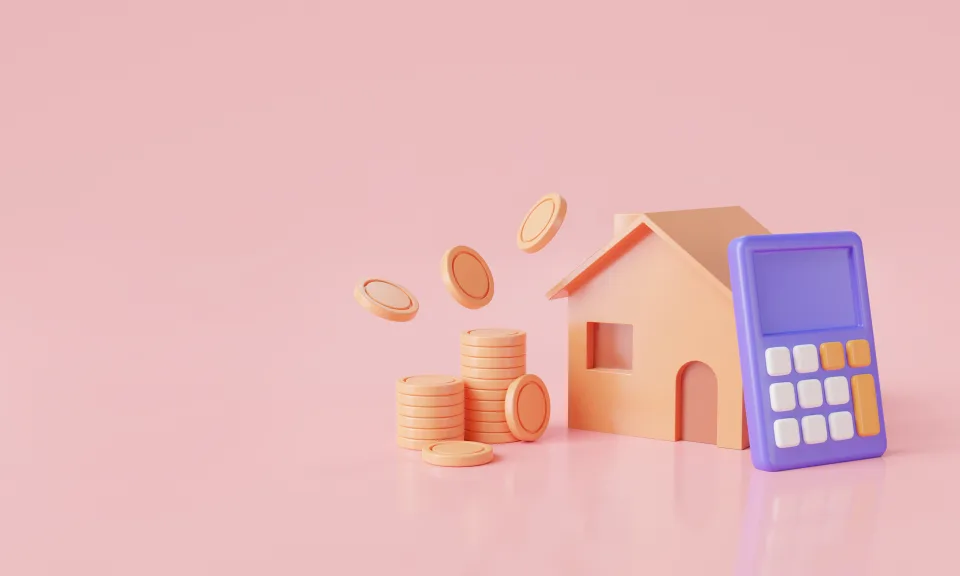
Knowing how much house you can afford is a matter of comparing your financial situation to the factors lenders consider when approving a mortgage. Those include a steady income, adequate savings for the down payment and closing costs, the amount of debt you carry, and your repayment history.
But the amount of mortgage you are approved for and how much house you can comfortably afford can be two very different amounts. Lenders want to make loans for the highest dollar they feel comfortable with based on certain elements of your personal finances. That’s a business decision.
For you, affordability is a quality-of-life calculation. Only you know your comfort level with all of the expenses due each month.
Run the calculations below and then aim lower than the maximum results to give you a financial cushion. Armed with this information, you can determine the home loan you might qualify for — and, more importantly, how much house you can afford.
Using a mortgage affordability calculator
Knowing your target loan amount will help you determine how much house you can afford. In this formula, you’ll use:
- Your gross monthly income (before taxes and deductions).
- Your monthly debt, such as vehicle and student loans and credit cards.
- The down payment you have saved.
- The loan term.
- The interest rate you’ll qualify for.
- Your credit score.
A sample mortgage affordability calculation could be:
Gross income: $5,500
Your monthly debt: $550
Down payment: 10%
Loan term: 30 years
Interest rate: 7.5%
Such a calculation might yield the result of qualifying for a mortgage up to $156,523, with a purchase budget (including a down payment) of $173,915 and a monthly payment of $1,430 a month.
For an even more accurate view, you can add estimates of homeowners’ insurance and property taxes to the calculation.
Your debt-to-income ratio is important to lenders
In addition to your salary, savings, and repayment history, debt-to-income ratio is one of the most important factors lenders use in determining the home loan you qualify for — and the interest rate you’ll be charged.
How to calculate your DTI
To start, you’ll need three things to calculate your debt-to-income ratio:
- Your monthly gross income, which is before any deductions for benefits, retirement savings, taxes, and the like.
- The monthly total of debt payments. That would include the minimum amount due for credit cards and monthly loan payments.
- Your estimated monthly mortgage payment.
Next, you’ll divide your debt by your income.
A sample calculation:
Monthly debt (including your mortgage): $2,000. Gross monthly income: $5,000. DTI: 2,000 / 5,000 = 0.40.
The 28/36 DTI rule
Another clue to examining home affordability is the 28/36 rule. Lenders use this to zero in on what you currently owe and how a mortgage will impact that debt load.
28% is the maximum total of your housing expenses. This is known as the front-end debt-to-income ratio and would be your mortgage, property taxes and homeowners’ insurance. Housing costs / income = front-end ratio.
You can reverse the calculation and multiply your income by 0.028 to determine a target mortgage payment, including taxes and insurance.
36% is the limit to your total debt, including the mortgage and existing loans and credit balances. It’s called the back-end debt-to-income ratio. All debt / income = back-end ratio.
Tip: Lenders have flexibility for well-qualified buyers. If you have a decent down payment and a credit score on the high end, they might stretch your back-end ratio as high as the low 40s. However, you will likely also pay a higher interest rate.
Determining true home affordability
You’re buying a house. The lender is selling a mortgage. With that perspective, it’s easy to understand that only you can determine true affordability. You have to make the monthly home loan payments. And you may want to travel, buy new furniture, buy a new car, save for the future — or a hundred other things.
So, a lender might approve you for a loan to buy too much house with a too-large payment. Your sense of what you can really afford may convince you to buy less house with lower payments.
That’s being in control of home affordability.
























